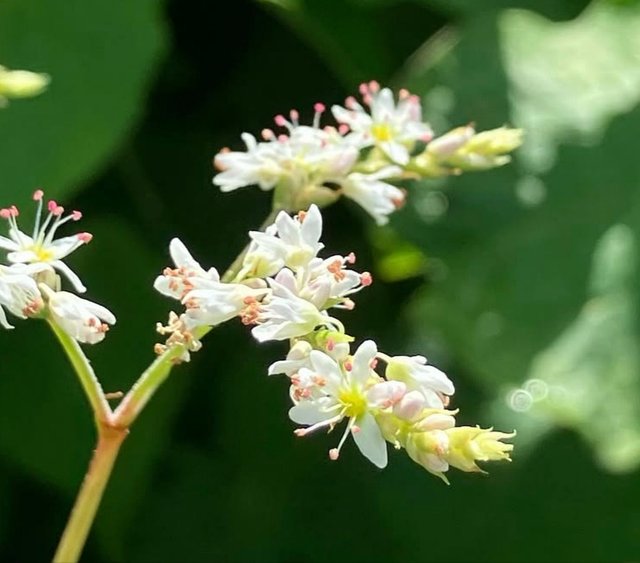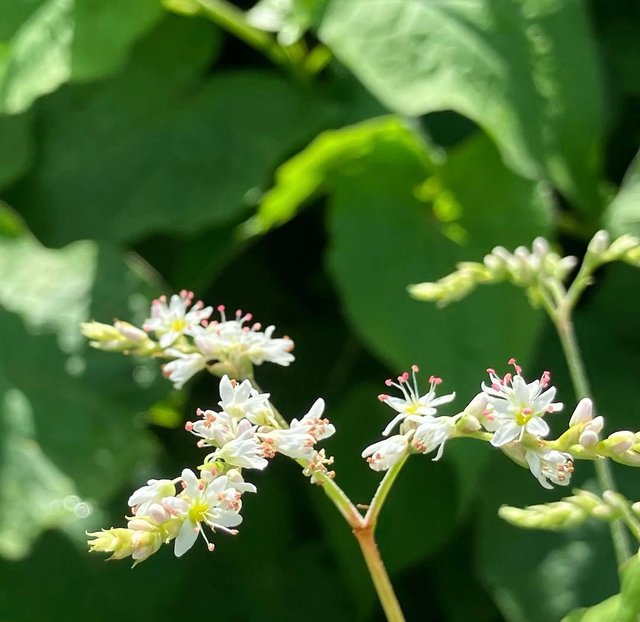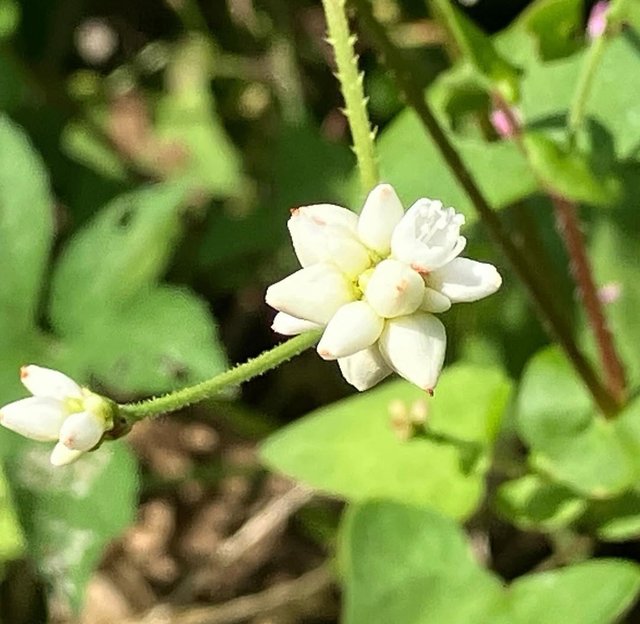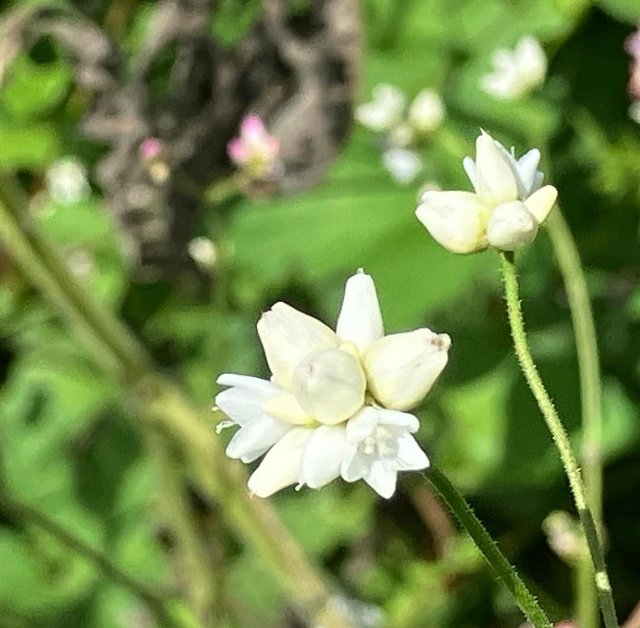Arrow-leaved tearthumb
Arrow-leaved tearthumb is a fast-growing annual vine native to North America and parts of Asia. It is easily recognized by its arrow-shaped leaves and its trailing or climbing stems that can reach several feet in length. The plant thrives in moist environments such as wetlands, riverbanks, pond margins, and damp meadows, where its creeping habit allows it to form dense patches. One of its most notable features is the presence of tiny, sharp, downward-pointing prickles along its stems and leaf midribs, which easily cling to clothing or skin—hence the name "tearthumb." The plant produces slender clusters of small pink to reddish flowers that bloom from midsummer into early autumn. These flowers are not showy but are valuable nectar sources for bees, butterflies, and other pollinators, making the plant ecologically important in supporting local biodiversity.
The arrow-leaved tearthumb spreads both by seed and by rooting at nodes along its stems when they touch moist soil, giving it an aggressive growth pattern that allows it to cover large areas quickly. Its seeds, contained in small, shiny achenes, are often dispersed by water movement, which helps the plant colonize new wetland habitats. While it can sometimes be considered weedy or invasive in disturbed sites, it also plays a role in stabilizing soil and preventing erosion along waterways. The dense tangles of stems and leaves provide cover and food for wildlife, including birds that feed on its seeds. Despite its prickly texture, which makes it unpleasant to handle, arrow-leaved tearthumb is a resilient and adaptable species that can thrive in a wide range of conditions as long as there is sufficient moisture.



